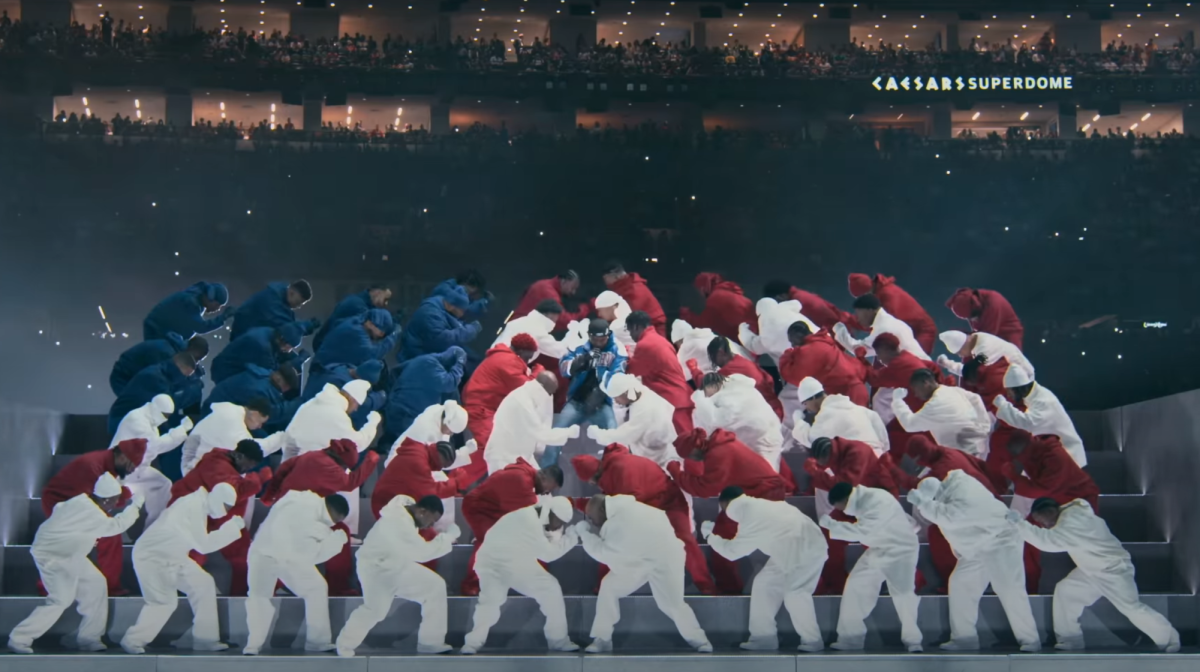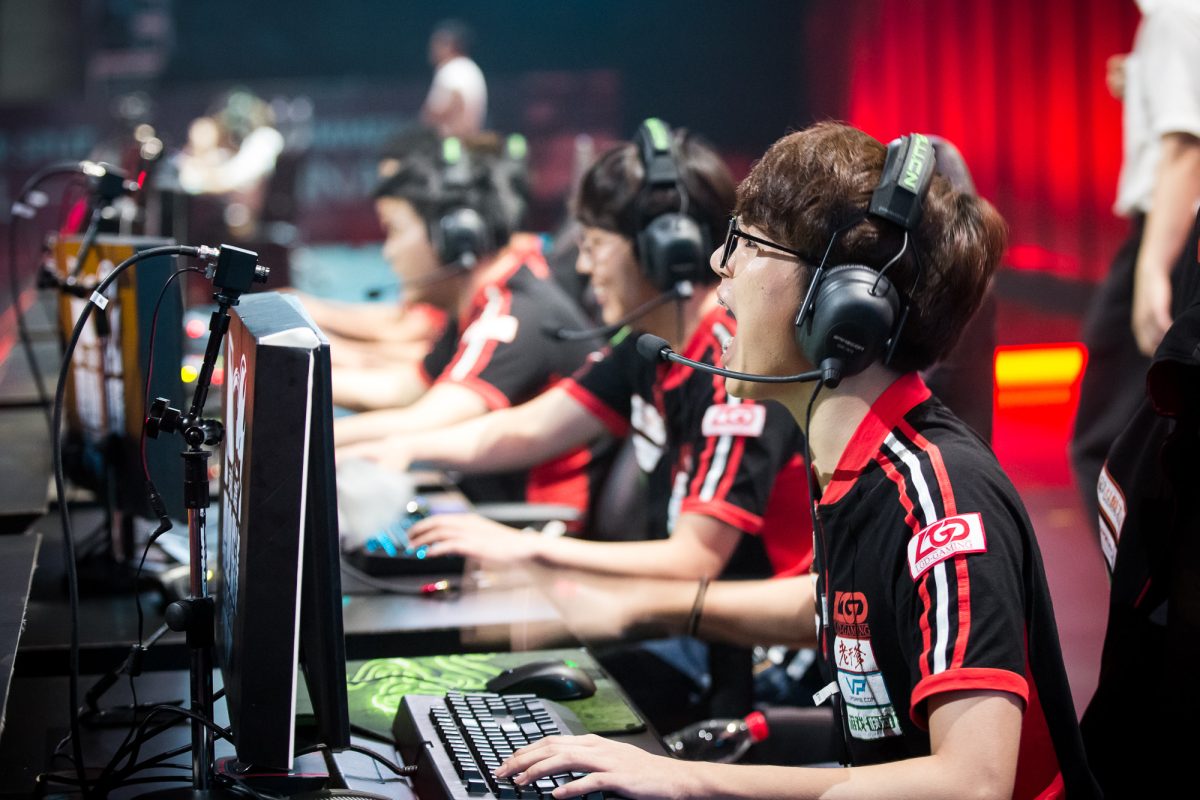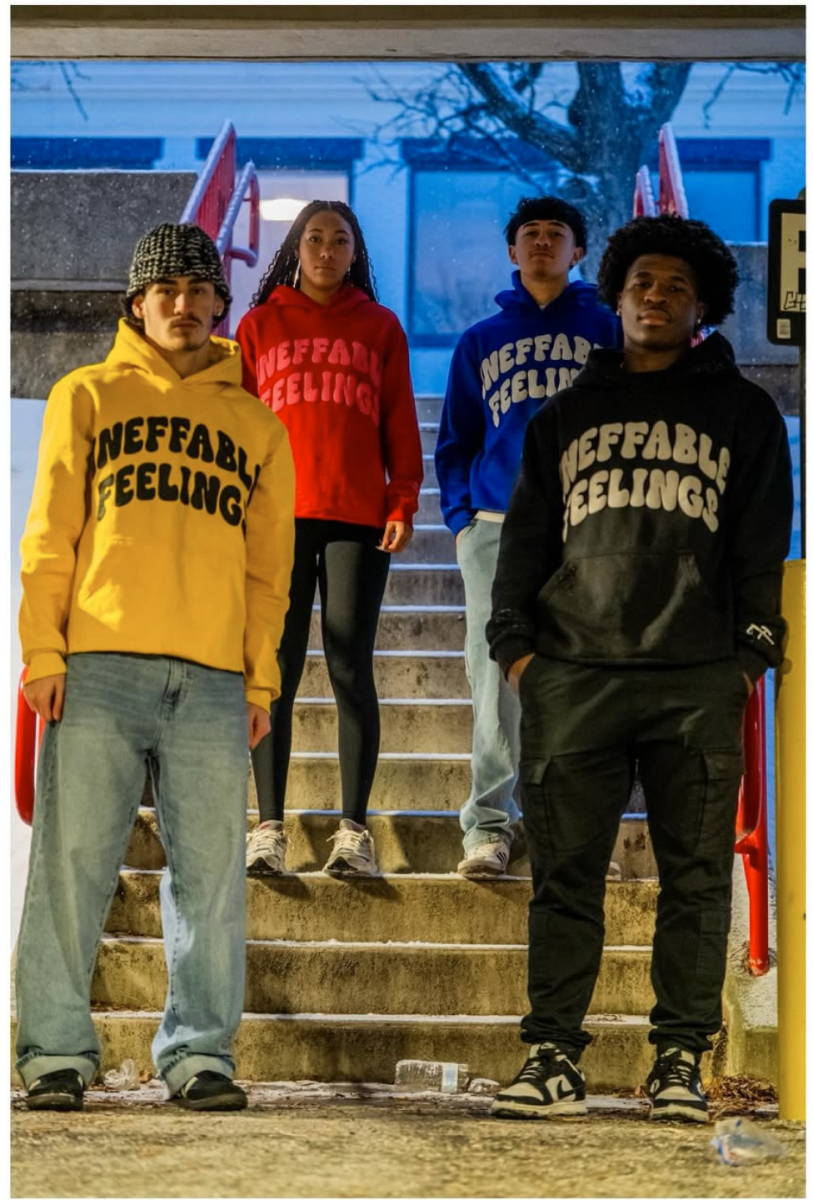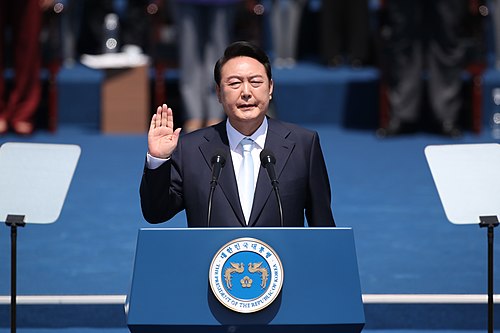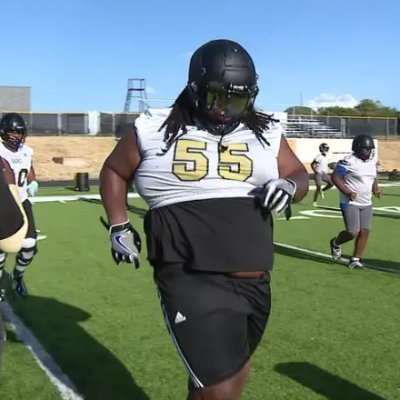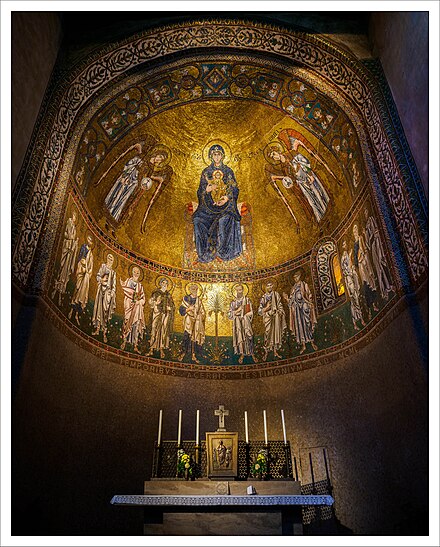The real show in the Superbowl may have been Kendrick Lamar.
As one of the most symbolic pieces ever to be performed in the Super Bowl halftime show, Lamar’s production incorporated a connection between video games and Lamar’s modern cultural and political American experience, which showed both his bravery and the artistic skills that keep up at the top of the game.
127.7 million viewers watched the Philadelphia Eagles beat the Kansas City Chiefs in the 2025 Super Bowl. Then an additional 8.5 million joined to watch the halftime show, headlined by Kendrick Lamar, resulting in a record breaking number of 133.5 million viewers in total.
His performance was a historic and culturally significant event, featuring a mix of his classic hits and new material, including tracks from his November 2024 album “GNX.” It was rich with political and social commentary, including references to Gil Scott-Heron’s “The Revolution Will Not Be Televised.” The show also included surprise guest appearances, with SZA joining Lamar on stage for a powerful rendition of their hit song “All the Stars,” which received wide acclaim.
Actor Samuel L. Jackson made a notable appearance, and the vintage Buick Regal GNX was prominently featured in the performance. And of course, Lamar’s five=Grammy winning track “Not Like Us” was the highlight of it all; he used the worldwide stage to perform the Drake diss track, accompanied by Serena Williams, one of the greatest women tennis players of all time, and a supposed former romantic partner of Drake.
Here are some of the major symbols that The Willistonian has found.
Kendrick Lamar’s halftime show starts with a close-up of Samuel L. Jackson dressed as Uncle Sam, a character that appears throughout the performance. This Uncle Sam is similar to Jackson’s role in Django Unchained, where he played a servant who supports a racist system. In Lamar’s show, Uncle Sam represents the typical Super Bowl performer—vibrant and patriotic—while Lamar’s performance is much more understated.
Jackson’s role is important because he’s a political activist, and his character pushes Lamar to conform to what America expects from a mainstream performance. Jackson’s Uncle Sam criticizes Lamar’s music, calling it “too loud” and “too ghetto,” suggesting it’s not suitable for a show like the Super Bowl. However, Lamar rejects these demands, staying true to his own style. His line, “The revolution ’bout to be televised … you got the right time but the wrong guy,” is a way of saying he won’t just play by America’s rules. Lamar’s show is a balance between giving a performance that entertains and stays true to his beliefs, while Jackson’s Uncle Sam represents the pressure from American media and politics.
One of the most personal symbols in the performance was the vintage automotive centerpiece, a black 1987 Buick GNX, which appeared center stage. The car represents Kendrick’s love for automobiles and cultural significance as a symbol of power, status, and success in hip-hop culture. According to Michael Kahn in The Weekly Driver, only 547 units were manufactured of the GNX car model, feeding into Kendrick’s rich and rare taste in automobiles. It was also reported that his father drove him home from the hospital in a Buick Regal, the base model of the GNX, establishing a personal connection to the vehicle.
Serena Williams’ surprise appearance, dancing to Lamar’s song “Not Like Us,” added a profound layer of symbolism to the performance. The track, which is associated with Lamar’s rivalry, became a backdrop for Williams to showcase her defiance of traditional norms and her past relationship with Drake.
As one of the greatest athletes of all time, Williams has consistently broken barriers in the male-dominated world of sports, and her presence during this moment highlighted her role as a trailblazer, challenging stereotypes and paving the way for women in all fields. Her presence not only created a powerful connection between music and sports, but also underscored the themes of unity and empowerment that transcend gender, race, and industry.
Alyssa Bailey from WBAL TV noted Lamar’s reference in the lyrics of the song, “From Alondra down to Central, better not speak on Serena,” which related to when Drake and Williams were dating. In August 2015, Drake had been frequently attending Williams’ matches, and TMZ published photos of them kissing at a dinner in Cincinnati. But by October 2015, their romance had ended.
Now with the creative staging, and under the direction of Shelley Rodgers, Lamar cleverly connects video games to his modern American experience, both culturally and politically. The shapes and language used in the lighting design drew inspiration from the symbols found on a PlayStation controller, like the X/O/triangle buttons, while the phrase “START HERE” is a common instruction in gaming.
As the performance progressed, it became evident that the four stages were designed to resemble the PlayStation controller. According to Rodgers, this design choice was symbolic, aimed at reaching young people and resonating with a generation familiar with gaming culture. She explained in an interview with Wired magazine that it represented Lamar’s personal journey navigating the complexities of the American dream. The use of gaming imagery not only connected with a younger audience but also symbolized Lamar’s experience of traversing the challenges and opportunities of modern America, making his performance both a cultural and political statement.



